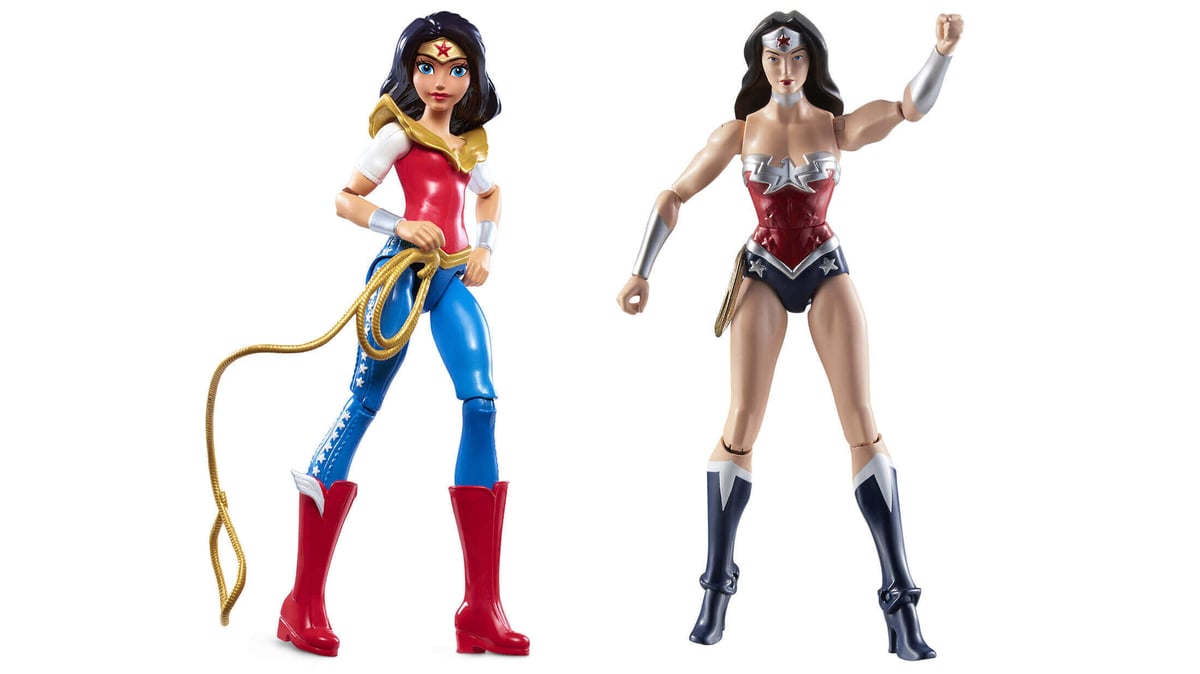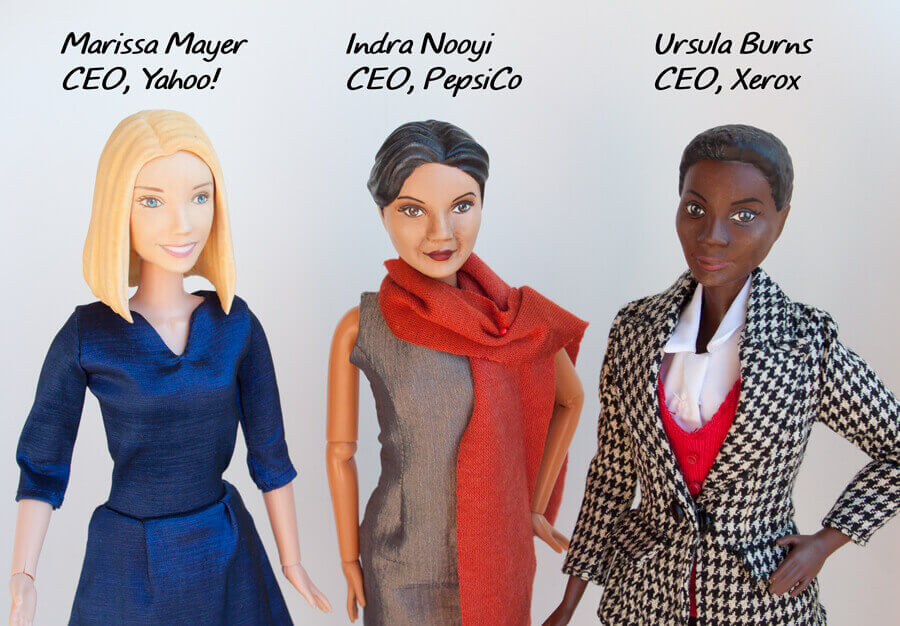It’s a bird, it’s a plane, it’s Maker Girl! 3D printed action figures of women provide positive role models for children and adults alike.
Stories about inclusion in gaming, tech, and engineering can be hard to come by. Maker Faire, among other organizations, is trying to change that: “It’s not just for the novel in technical fields; Maker Faire features innovation and experimentation across the spectrum of science, engineering, art, performance and craft.”
Because of this, the event tends to attract more women than other tech events — and kids too. So it’s fitting that this is where Mary Huang debuted Maker Girl: a 3D printed, fully-articulated action figure celebrating makers of all stripes. Huang writes, “This is what I would have made if I had a 3D printer as a kid.”
With Huang’s Maker Girl kits and online instructions, kids can help design and make their own dolls and action figures. Many of the problems of under-representation in STEM start in childhood, studies show. So it makes sense to look to school-age girls to reverse these stereotypes and their all-too-real consequences.
Huang released the tutorial online, along with 3D print files for the accessories, which are modeled using Blender software. The accessories and doll’s hands are fitted with neodymium magnets so that she can hold a variety of tools from her utility belt, like a wrench or drill. Unlike wobbly Barbie, Maker Girl has magnets in her feet, as well, so that she can stand upright on metal surfaces.
Like Maker Faire itself, Maker Girl is a combination of tech innovation with art and craft. Huang not only designs and sews the outfits, but uses other print-on-demand services to create custom-designed fabric for the dolls. Modeling the custom faces and painting them requires serious artistic chops. The result of this combination, though, would look as great on an engineer’s desk as it would in the hands of a wide-eyed little girl.
“Boys play with action figures, girls play with dolls”
Maker Girl points to an increasing awareness of how strong the gender divide in childhood toys is. One look at the recently redesigned Wonder Woman (left) next to the doll currently on the market (right) makes problems with the current design all-too-apparent. Why is she so top-heavy? Did she forget her pants?
Mattel’s redesign project — this time by women for girls instead of by men for boys — will breathe new life into action heroes, many of whom have been around, but not updated, since the 1940s.
This, too, trickles down to Maker Girl, as most 3D printed action figures rely on pre-existing bodies, thus seriously limiting the range of skin tones and body shapes that are available. Finding a doll that is ready for the Maker Girl boots rather than heels is hard enough!
Even the coolest plans to 3D-print Barbie accessories (turning Barbie into a medieval warrior or Greek goddess Athena) are stuck with the doll’s physical proportions. It would be great to see 3D printing used to prototype or produce more realistic doll bodies, but until then, the changes at Mattel mean changes for makers, too.
Next for Maker Girl: Super Amelia Earhart or Super Oprah!
Maker Girl doesn’t only highlight the lack of existing strong, female role models for kids, but for adults too. 3D printed action figures can be a playful space to celebrate leading women in business, too.
Huang used the Maker Girl model to create action figures in homage of high-powered female CEOS, drawing attention to the fact that only 4.8 percent of CEOs are women. So Huang has designed action figures of Marissa Meyer of Yahoo, Indra Nooyi of Pepsi Co, and Ursula Burns of Xerox. She explains:
“I was making the superhero designs, and then I figured why not make ones of real women of power? So I chose three female CEOs of giant companies. Inc. and Forbes do articles on the most powerful women in America every year, but kids don’t read those publications. Toys are another way to tell a story.”
The CEO project also suggests that combining 3D printing and design might also provide a solution for the problem of a lack of racial diversity in toys, as well. Imagine having 3D plans of action figures cued up at a local public library, for example, ready to print diverse action figures on demand!
There are plenty of powerful and interesting women in history who could surely use a doll. Huang has plans for Marie Curie and Rosalind Franklin. But Huang’s tutorials are very clear, and she hopes to provide kits or pre-made toys in the future, which means the sky is the limit. How cool would it be to have a shelf full of scientists, writers, and artists to play with?
So are they dolls or are they action figures? Huang explains, “I call them action figures because they are action-oriented. But yes, they have clothes and shoes too.” And that’s something we can all lean in to.
License: The text of "Maker Girl: 3D Printed Action Figures Send Positive Message" by All3DP is licensed under a Creative Commons Attribution 4.0 International License.

